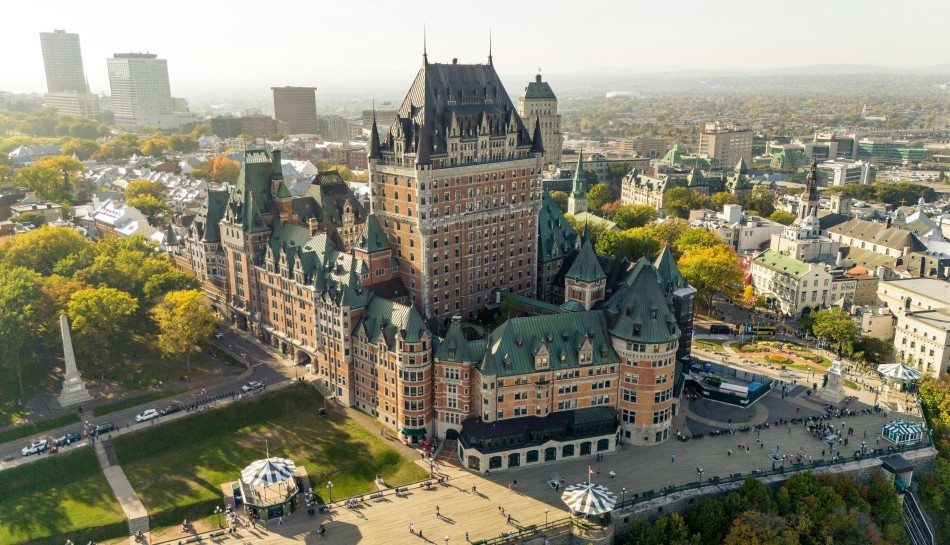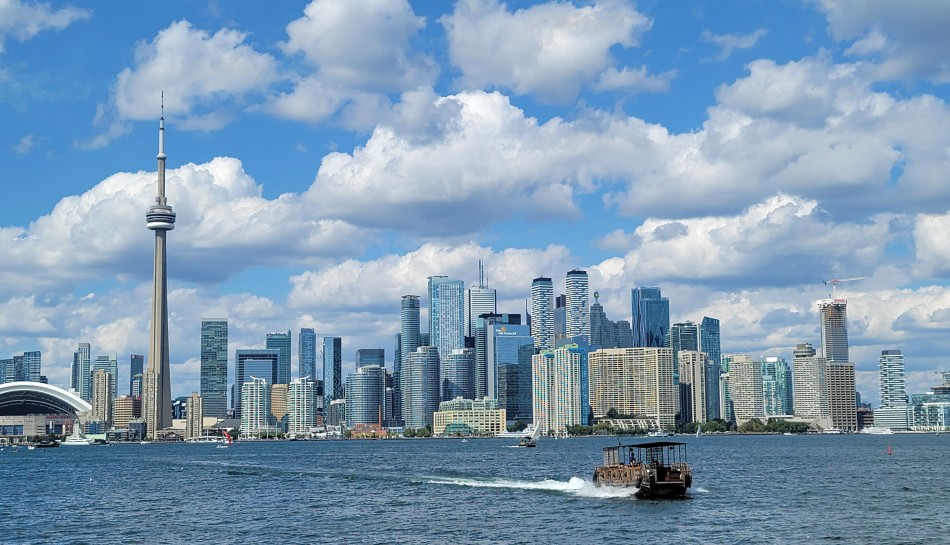Ontario, British Columbia, Quebec, Alberta, Manitoba, and PEI have invited candidates to apply for provincial immigration.
All Canadian provinces and territories, except Quebec and Nunavut, may invite economic immigrants to apply for a provincial nomination through the Provincial Nominee Program (PNP). A nomination strengthens a candidate's application for permanent residency when they apply to Immigration Refugees and Citizenship Canada (IRCC).
Quebec has a separate agreement with the federal government and has total autonomy over the number of economic immigrants it may choose for permanent selection.
New Immigration Levels Plan and Strategic Immigration Program
Each year, IRCC releases an Immigration Levels Plan to set a target for the number of permanent residents that will be invited over the coming three years. The overall target is divided among IRCC's immigration programs and pathways.
The latest Immigration Levels Plan, covering 2024-2026, was released on November 1st. It shows that in 2024, IRCC will admit 110,000 newcomers through the PNP and 120,000 in both 2025 and 2026.
The Plan is based heavily on IRCC’s recently released Strategic Immigration Program. The program outlines three key pillars for improving efficiency at IRCC, making it easier for newcomers to settle, and coordinating the growth of immigration levels with infrastructure requirements and settlement services.
IRCC plans to meet its goals by speaking with relevant stakeholders, such as provincial governments, to better understand local needs and capabilities. This will ensure that newcomers have everything they require to integrate successfully while improving affordability and balancing the needs of all Canadians.
Provincial immigration results October 28- November 3
Ontario
On October 30 Ontario issued invitations to apply to candidates in the Master’s Graduate and PhD Graduate streams of the Ontario Immigrant Nominee Program (OINP). Both draws were general, meaning no occupation was specified.
The province invited 1051 Master’s Graduate stream candidates with a minimum score of 43 and above
It also invited 66 PhD Graduate stream candidates with a minimum score of 42 and above.
British Columbia
British Columbia invited more than 203 PNP candidates on October 31.
The province held four separate draws. The largest considered Skilled Workers with a minimum score of 111 International Graduate with a score of 113 and Entry-Level and Semi-Skilled candidates who scored a minimum of 91.
The remaining three draws were occupation-specific and targeted only Skilled Workers and International Graduates. All candidates needed a minimum score of 60.
- 48 early childhood educators and assistants
- 22 healthcare professions
- Less than five other priority occupations
Quebec
Quebec released its own Immigration Levels Plan on November 1st. Like the federal Immigration Levels Plan, Quebec sets targets for the economic immigrants it will invite to apply for permanent selection, but this year the province only sets targets for 2024 and 2025.
Quebec typically sets targets up to four years in advance but is only doing two years in this plan to monitor the success of a new requirement that all candidates have knowledge of French to be considered for permanent selection.
The province is targeting 30,650 skilled workers in 2024 and 31,500 in 2025.
The two most recent provincial immigration draws took place on October 26 and invited 1220 candidates. The first draw targeted multiple trades occupations with a score greater than 465 points.
The second draw targeted candidates in tech, healthcare and other priority occupations with scores that were greater than 608.
In both draws, candidates also required a level 7 oral proficiency (or higher) in French according to the Échelle québécoise des niveaux de compétence en français des personnes immigrantes adultes or its equivalent.
Alberta
Alberta recently published draw results for October 24 and October 26.
On October 24, the province invited 22 candidates through the Dedicated Healthcare Pathway with Alberta job offer stream. The lowest-ranking candidates had a Comprehensive Ranking System (CRS) score of 326.
The October 26 draw invited 100 candidates who were eligible under the Family Connection and Primary Occupation In Demand stream. These candidates needed a minimum CRS score of 369.
In both draws, candidates were also in the Express Entry pool of application.
Manitoba
Manitoba invited 400 candidates to apply for nomination through the Manitoba PNP on November 2.
The province held three separate draws. The first was for 204 Skilled Workers in Manitoba with a minimum score of 768. It was a general draw.
The second was for Skilled Workers Overseas. The province invited 65 candidates with a score of 708 as part of a strategic recruitment initiative.
The final draw invited 131 candidates from the International Education Stream. No minimum score was specified.
Prince Edward Island
Also on November 2, PEI invited 41 Labour and Express Entry candidates to apply.
Candidates were selected if they were working in the healthcare, manufacturing, food processing and agriculture sectors.
In the past 12 months, PEI has invited 2,385 candidates to apply through the PEI PNP.
Source: cicnews.com




















